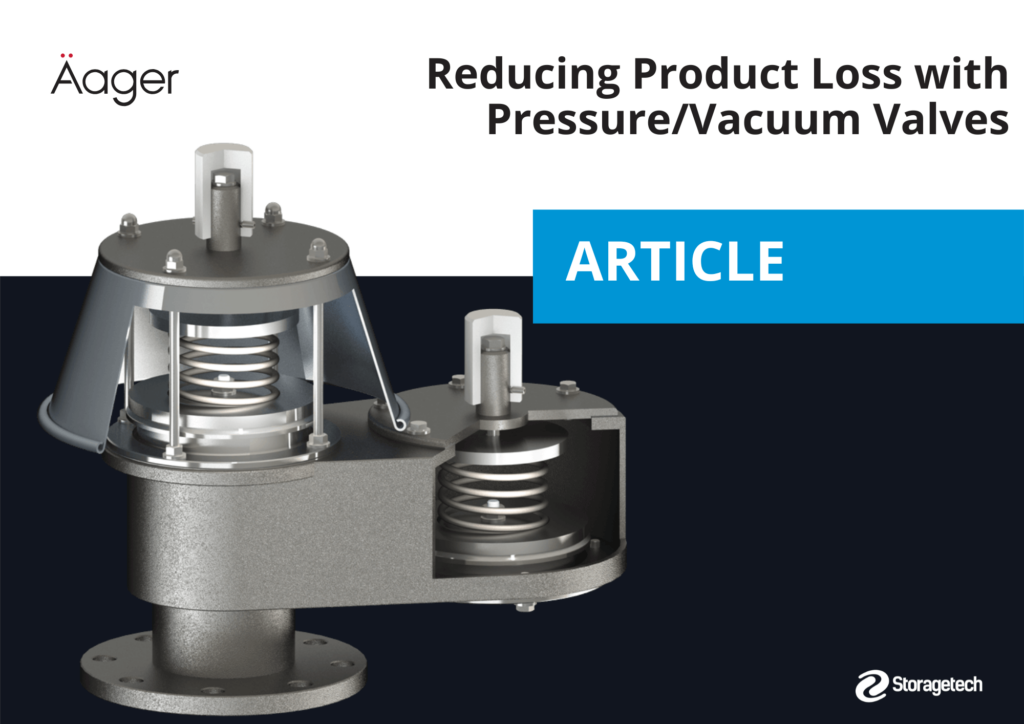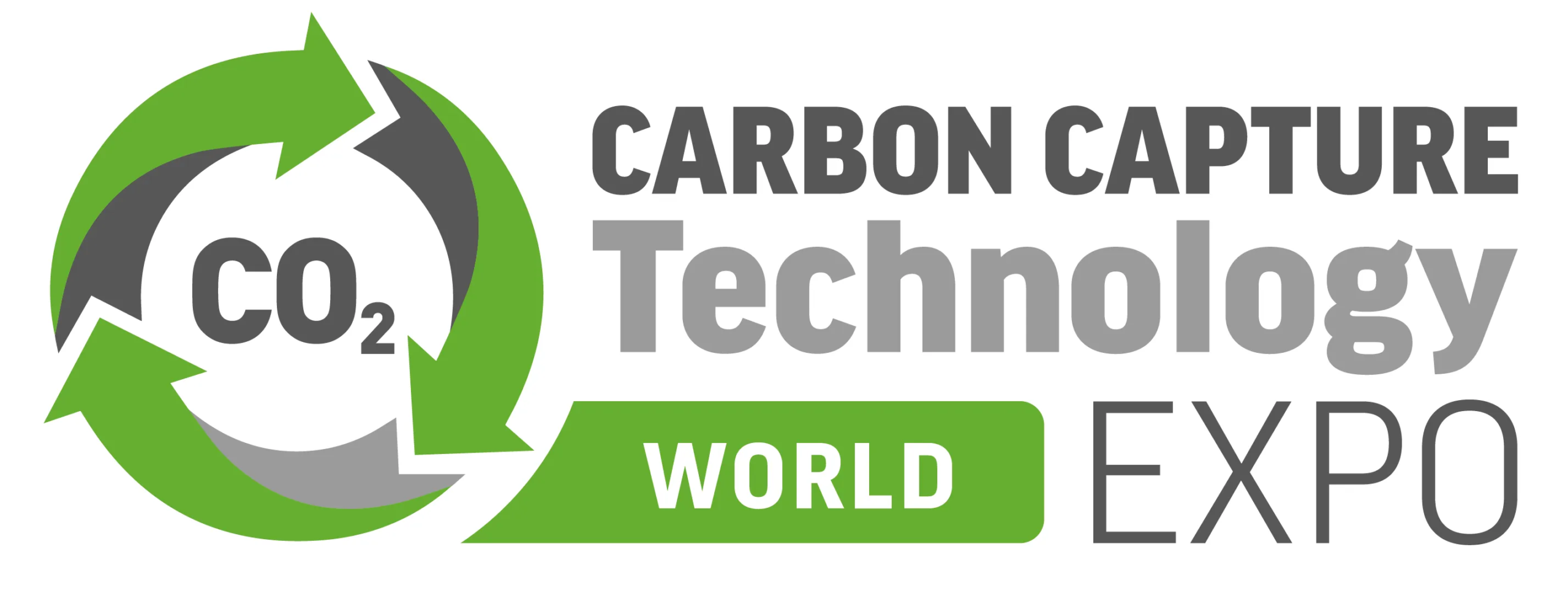
Flame Arrestor vs Flame Arrester: A Complete Guide
When searching online, you may come across two terms — flame arrestor and flame arrester. At first glance, they appear identical, and many people wonder if one of them is a mistake. The truth is that both spellings are widely used around the world. While flame arrester is the preferred spelling in British English, flame arrestor is more common in American English.
Despite the spelling difference, both terms describe the same critical safety device: a barrier that prevents flames from spreading through pipelines, storage tanks, or process equipment that handles flammable gases and vapors. In this guide, we will explore how flame arrestors work, their importance, and why every industry handling volatile substances must use them.
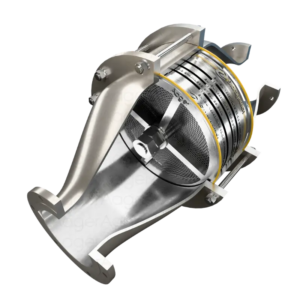
flame arrester
What Is a Flame Arrestor (or Flame Arrester)?
A flame arrestor / flame arrester is a mechanical device that allows gases or vapors to pass while blocking flame propagation. It acts as a checkpoint, ensuring that if ignition occurs, the flame does not travel into equipment or tanks where it could cause an explosion.
Think of it as a filter for fire: gases flow through, but flames are extinguished. This makes flame arrestors indispensable in industries such as oil & gas, chemical manufacturing, biogas, wastewater treatment, and marine transport.
How Does It Work?
The working principle of both flame arrestor and flame arrester is based on heat absorption and flame quenching. When a flame attempts to pass through the device, it encounters a tightly packed element, often made of crimped metal ribbons, mesh, or specially designed plates.
These narrow passages cool the flame front by absorbing its heat energy, reducing the temperature of the gas mixture below its ignition point. As a result, the flame cannot continue beyond the arrestor, even though the gases themselves still move freely.
Flame Arrestor vs Flame Arrester: Is There a Technical Difference?
While many people assume there is a technical difference, the reality is simpler:
-
Flame Arrester (British English): Used in Europe, Asia, and regions where British standards dominate.
-
Flame Arrestor (American English): Common in the United States, Canada, and areas influenced by American standards.
Functionally, they are the same device. However, documentation, certifications, and standards may use one spelling consistently. For example, American Petroleum Institute (API) documents often use arrestor, while ISO and European standards prefer arrester.
Understanding both terms is important for global businesses because suppliers, regulators, and clients may use different spellings.
Applications in Industry
Both flame arrestor and flame arrester are used in a wide range of environments:
-
Oil & Gas Pipelines: To prevent ignition from traveling along gas lines.
-
Storage Tanks: Installed on tank vents to stop external flames from entering.
-
Chemical Processing: Protecting equipment from flashbacks during volatile reactions.
-
Biogas Plants: Ensuring safe handling of methane-rich gases.
-
Marine Vessels: Mounted on fuel tank vents to prevent fire hazards.
-
Pharmaceuticals & Paint Manufacturing: Where volatile solvents are common.
Types of Flame Arrestors / Flame Arresters
There are two primary categories:
-
End-of-Line
-
Placed at the termination of a vent or pipe.
-
Prevents outside ignition sources from entering storage tanks.
-
-
In-Line
-
Installed directly in pipelines.
-
Stops flames from propagating within interconnected systems.
-
Some advanced designs include detonation arrestors, which can stop not only deflagrations but also explosions traveling at supersonic speed.
Importance of Proper Selection and Maintenance
Choosing the correct flame arrestor or flame arrester is not just about compliance — it is about saving lives and protecting assets. Key considerations include:
-
Gas type: Hydrogen, methane, and hydrocarbons all behave differently.
-
Flow rate: Devices must match system capacity.
-
Operating environment: Corrosive atmospheres require stainless steel or coated elements.
-
Maintenance: Regular inspection is necessary to prevent clogging, corrosion, or performance decline.
A poorly maintained unit can become ineffective, allowing flames to bypass the barrier.
Common Challenges
-
Blockages: Dust, chemical deposits, or oil residues can reduce airflow.
-
Corrosion: Especially in wastewater treatment or marine industries.
-
Thermal stress: Extreme temperatures may degrade performance.
-
Incorrect installation: Wrong orientation or poor positioning leads to reduced protection.
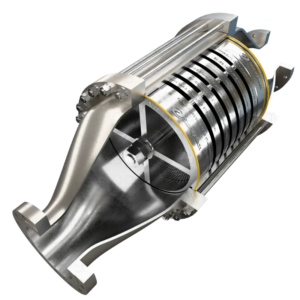
flame
The Future of Flame Arrestor / Flame Arrester Technology
With the rise of renewable energy and hydrogen-based fuels, the demand for advanced flame arrestors is growing. Hydrogen, being highly flammable and having a small molecular size, requires specialized designs. Manufacturers are also exploring digital monitoring systems that integrate sensors, allowing real-time performance tracking and predictive maintenance.
These innovations will make flame arrestors not just passive devices, but active components of industrial safety systems.
Conclusion
Whether you call it a flame arrestor or a flame arrester, the function remains the same: stopping flames from spreading and protecting people, facilities, and the environment. The difference lies only in spelling, not performance.
For industries dealing with volatile gases or vapors, investing in the right solution is non-negotiable. By understanding the technology, following global standards, and maintaining equipment properly, companies ensure maximum safety and compliance.
International Standards and Compliance
When companies search for either arrestor or arrester, they often encounter technical documents referring to global standards. These standards ensure that the devices perform reliably under different operating conditions. Some of the most widely recognized include:
-
API 2028 (American Petroleum Institute): Defines testing procedures for arrestors used in petroleum and chemical industries.
-
ISO 16852: International standard covering performance requirements, testing, and classification of arresters.
-
ATEX Directive (EU): Mandatory for equipment used in explosive atmospheres in Europe.
-
UL Certification (U.S.): Ensures flame arrestors meet safety and performance benchmarks for North America.
Each of these frameworks helps engineers choose devices that not only match technical needs but also comply with local laws and insurance requirements.
Testing and Certification
The performance of a flame arrestor / flame arrester is validated through rigorous laboratory testing. These tests simulate real-world scenarios, such as:
-
Endurance burning tests – determining whether the unit can withstand continuous flames.
-
Flashback tests – checking how effectively the barrier stops flames under varying pressures.
-
Detonation tests – for arresters designed to handle high-speed combustion waves.
Only devices that pass such trials receive certification, giving industries confidence in their reliability.
Real-World Applications and Case Studies
To understand the importance of these safety devices, consider a few real-world examples:
-
Oil Refinery Storage Tank: A refinery in the Middle East installed an end-of-line flame arrester on its crude oil tanks. During a lightning strike incident, the arrester prevented ignition from traveling inside, avoiding what could have been a catastrophic explosion.
-
Biogas Plant in Europe: Methane is highly flammable. By using in-line flame arrestors, the plant ensured that a small spark in one section would not propagate throughout the entire network of pipes.
-
Marine Fuel System: International shipping companies now fit tank vents with arresters to comply with maritime safety codes. These devices have reduced the number of fire-related accidents at sea.
These examples highlight that whether you use the word arrestor or arrester, the role is identical — preventing accidents and saving lives.
Best Practices for Industry Professionals
For engineers and plant managers, ensuring maximum protection means going beyond just buying the device. Best practices include:
-
Accurate Sizing: Select a model that matches system flow rates and gas types.
-
Routine Maintenance: Clean deposits and inspect for corrosion regularly.
-
Training Staff: Workers must know how to check performance indicators and recognize early signs of malfunction.
-
Record Keeping: Maintain logs of inspection, cleaning, and replacement schedules.
-
Emergency Planning: Combine flame arrestors with other safety layers such as pressure relief valves, gas detection sensors, and fire suppression systems.
Future Outlook
As industries push toward net-zero emissions and adopt green fuels like hydrogen, flame arrestors will evolve further. Hydrogen’s unique properties demand more sophisticated materials and designs. At the same time, the integration of IoT-enabled sensors will transform flame arresters from passive guards into smart, connected safety devices capable of sending real-time alerts.
The trend is clear: companies are moving from “install and forget” safety to proactive monitoring. This ensures not only compliance but also continuous protection against emerging risks.
Building a Stronger Safety Culture
Protective equipment alone cannot eliminate all risks. A truly resilient workplace relies on a broader safety culture, where every employee understands the importance of preventive measures and acts responsibly in daily operations. Management plays a central role by promoting transparency, encouraging staff to report potential hazards, and providing regular training programs.
When operators are confident in the systems protecting them, productivity and morale also increase. Employees are more likely to identify small irregularities before they develop into serious incidents. A culture that values safety not only reduces accidents but also demonstrates corporate responsibility toward the workforce and surrounding communities.
Training and Awareness Programs
Regular workshops and simulations help staff learn how to respond during emergencies. These sessions often include practical drills such as evacuation exercises, fire suppression techniques, and first-aid training. By simulating real accident scenarios, organizations prepare employees to act quickly and minimize risks.
Moreover, training is not a one-time event. Industries dealing with volatile substances must update their programs as technologies, regulations, and processes evolve. Continuous education ensures that both new and experienced staff remain aware of the latest safety protocols.
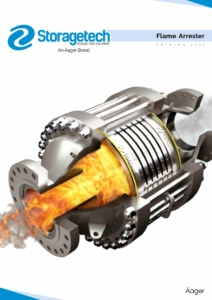
flame
Sustainability and Environmental Impact
Modern safety solutions are not limited to protecting people and assets; they also contribute to environmental responsibility. Preventing uncontrolled ignition or explosions reduces the likelihood of toxic releases, air pollution, and damage to ecosystems. In a time when sustainability goals are increasingly important, integrating advanced protective technologies aligns with global efforts to reduce environmental harm.
Companies that invest in comprehensive safety strategies benefit from improved regulatory compliance, lower insurance costs, and enhanced public reputation. In a competitive market, these advantages can be as valuable as the direct protection of equipment and personnel.
Final Words
Whether spelled flame arrestor or flame arrester, the meaning is the same: a critical safeguard against fire propagation. For industries where even the smallest spark can cause disaster, these devices represent the frontline of defense. By following standards, conducting routine maintenance, and investing in innovative technologies, businesses can achieve safer, more reliable operations across the globe.


